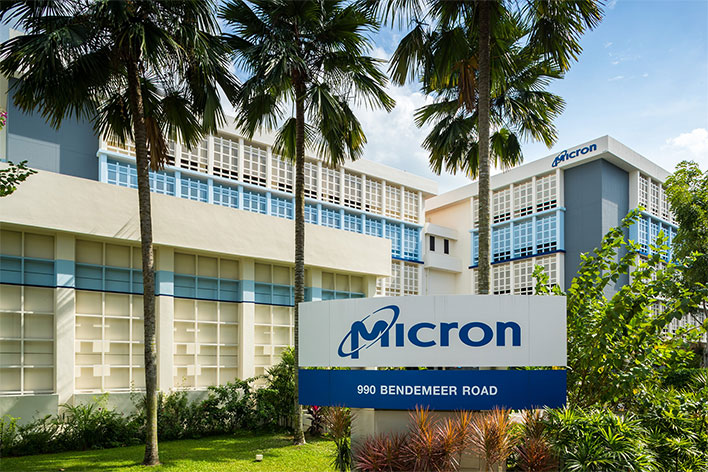Why Micron Is Warning About Potential DRAM Price Hikes On The Horizon

When the power goes out at home, we tend to freak out, because heaven forbid we can't watch TV or play video games, and have to *gulp* read a book or something to pass the time. How barbaric! But when a semiconductor factory loses power, well, the repercussions are a bit more severe. Just ask Micron, which warned investors that a power outage has affected its DRAM supply in the short term.
This happened at the company's Taoyuan facility (Fab 11) on December 3, the last day of its fiscal first quarter, the company said. And if that was not enough, there was a 6.7-magnitude earthquake a week later off the northeast coast of Taiwan, which affected the same factory, as well as Micron's Taichung facility (Fab 16). It's not all bad news for Micron, though.
"The investments we have made over the last few years in facilities’
redundancy and cleanroom control substantially mitigated the impact of these two events," Micron told investors (PDF).
Nevertheless, Micron says the two "disruptions" negatively impacted its DRAM supply for the current quarter, as it was forced to take both facilities offline for a period of time. There is no mention of extensive damage, though, so that is a good thing. Likewise, it sounds like this will only have a short term impact on supply.
Micron also noted that these events "negatively influenced our costs in the short term." What that ultimately means for consumers is that pricing on certain PC hardware could potentially go up, depending on what gets passed along to the retail segment. Micron produces several different kinds of memory, including PC RAM, NAND flash memory for solid state drives (SSDs), and DRAM chips for things like graphics cards, including GDDR6 and GDDR6X.
The timing of the unfortunate double whammy comes on the heels of an uptick in DRAM demand. Supply that was already tight is another factor in whatever potential price increases might be on the horizon.
"In DRAM, we are past the bottom, and the industry is in tight supply across major market segments. As a
result, we are already seeing our calendar Q1 pricing starting to increase in several parts of the market," Micron added.
Demand is not likely to wane, either. There are rumors of both AMD and NVIDIA getting ready to expand their current-generation graphics card lines (RDNA 2 and Ampere, respectively), and looking towards the end of this year, DDR5 memory is expected to debut on mainstream platforms (AMD's Zen 4 and Intel's Alder Lake). So, we'll have to wait and see what happens.

